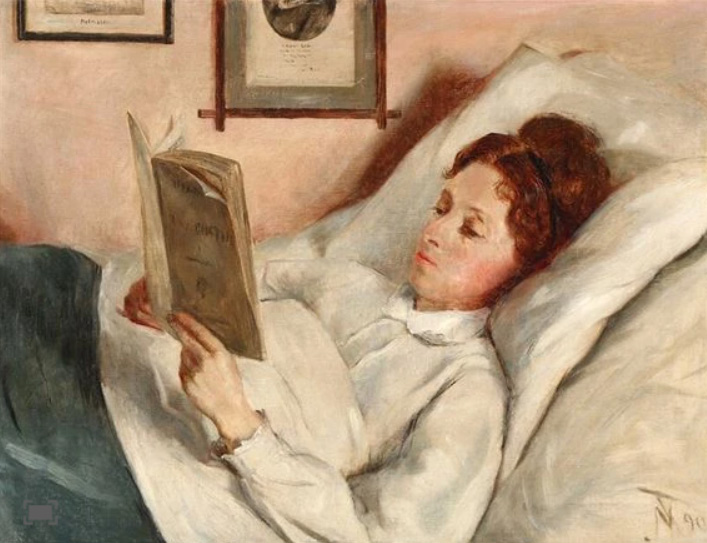In their 1943 handbook The Reader Over Your Shoulder, Robert Graves and Alan Hodge note that writers are prone to exaggerate descriptions of quantity and duration. “There should never be any doubt left as to how much, or how long.” They offer this quantified example:
(100%) Mr. Jordan’s fortune consisted wholly of bar-gold.
(99%) Practically all his fortune consisted of bar-gold.
(95%) His fortune consisted almost entirely of bar-gold.
(90%) Nearly all his fortune consisted of bar-gold.
(80%) By far the greater part of his fortune consisted of bar-gold.
(70%) The greater part of his fortune consisted of bar-gold.
(60%) More than half his fortune consisted of bar-gold.
(55%) Rather more than half his fortune consisted of bar-gold.
(50%) Half his fortune consisted of bar-gold.
(45%) Nearly half his fortune consisted of bar-gold.
(40%) A large part of his fortune consisted of bar-gold.
(35%) Quite a large part of his fortune consisted of bar-gold.
(30%) A considerable part of his fortune consisted of bar-gold.
(25%) Part of his fortune consisted of bar-gold.
(15%) A small part of his fortune consisted of bar-gold.
(10%) Not much of his fortune consisted of bar-gold.
(5%) A very small part of his fortune consisted of bar-gold.
(1%) An inconsiderable part of his fortune consisted of bar-gold.
(0%) None of his fortune consisted of bar-gold.
“This simple, generally accepted, scale is confused by writers who, for dramatic effect, try to make 5% seem more than it is.”






